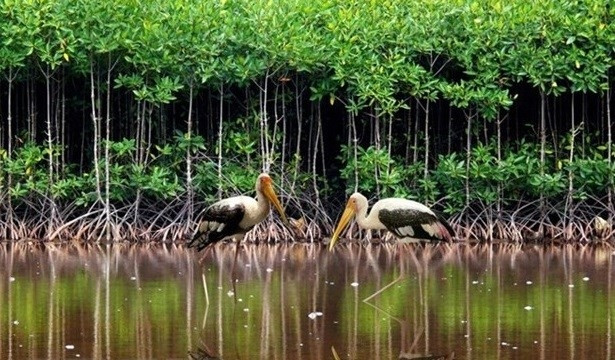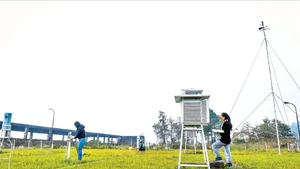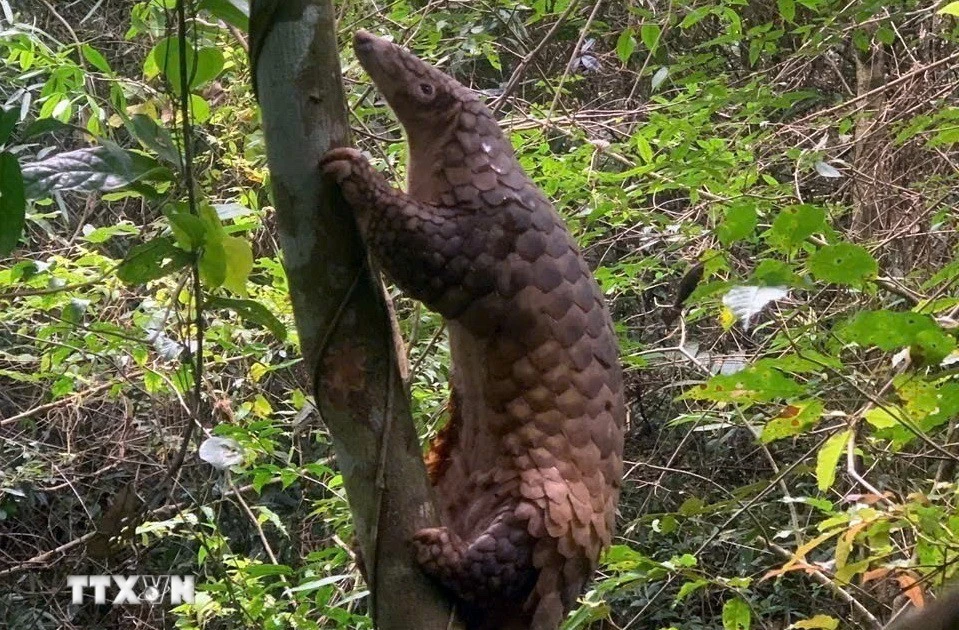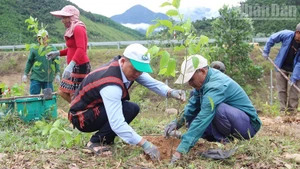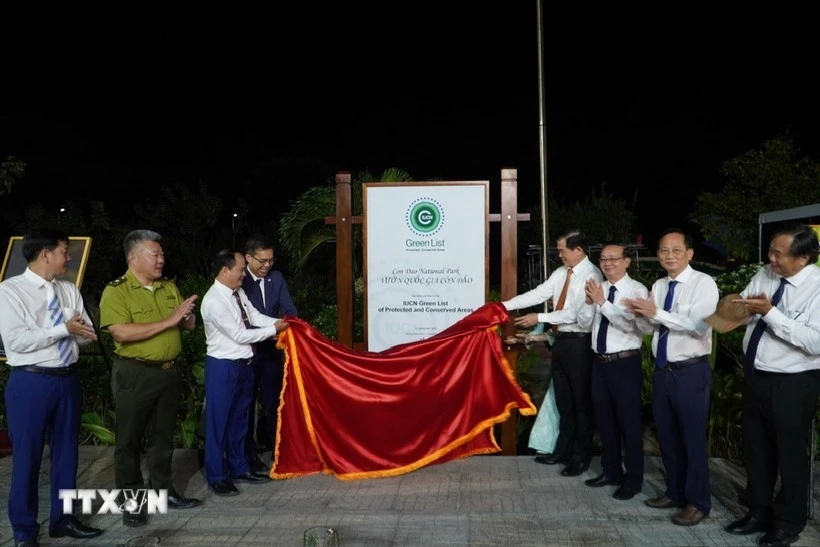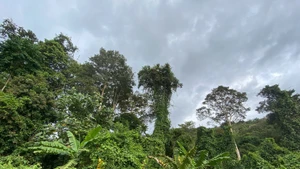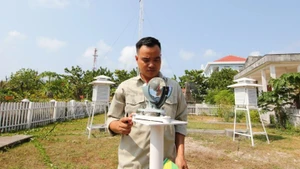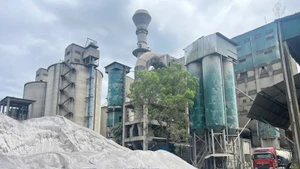The plan aims to complete the investigation, statistics and inventory of the wetland database at the national level.
It also targets to increase from 13 internationally recognised ramsars to 15 sites by 2030, in accordance with Ramsar Convention.
By 2030, at least 25 percent of degrading important wetlands are expected to be restored.
The plan prioritises recovering degrading ecosystems at wetland reserves, Ramsars, Melaleuca forests, mangroves, coral reefs and seagrass beds; while implementing programmes to monitor threats and assess their impact on important wetlands, especially vulnerable important wetlands.
Sustainable livelihood models and models to conserve and sustainably use important wetlands will be built and implemented, with effective ones to be duplicated.
The plan will also pilot the co-management models with the participation of enterprises, local communities for some important wetlands and implement benefit-sharing mechanisms of wetland resources.
